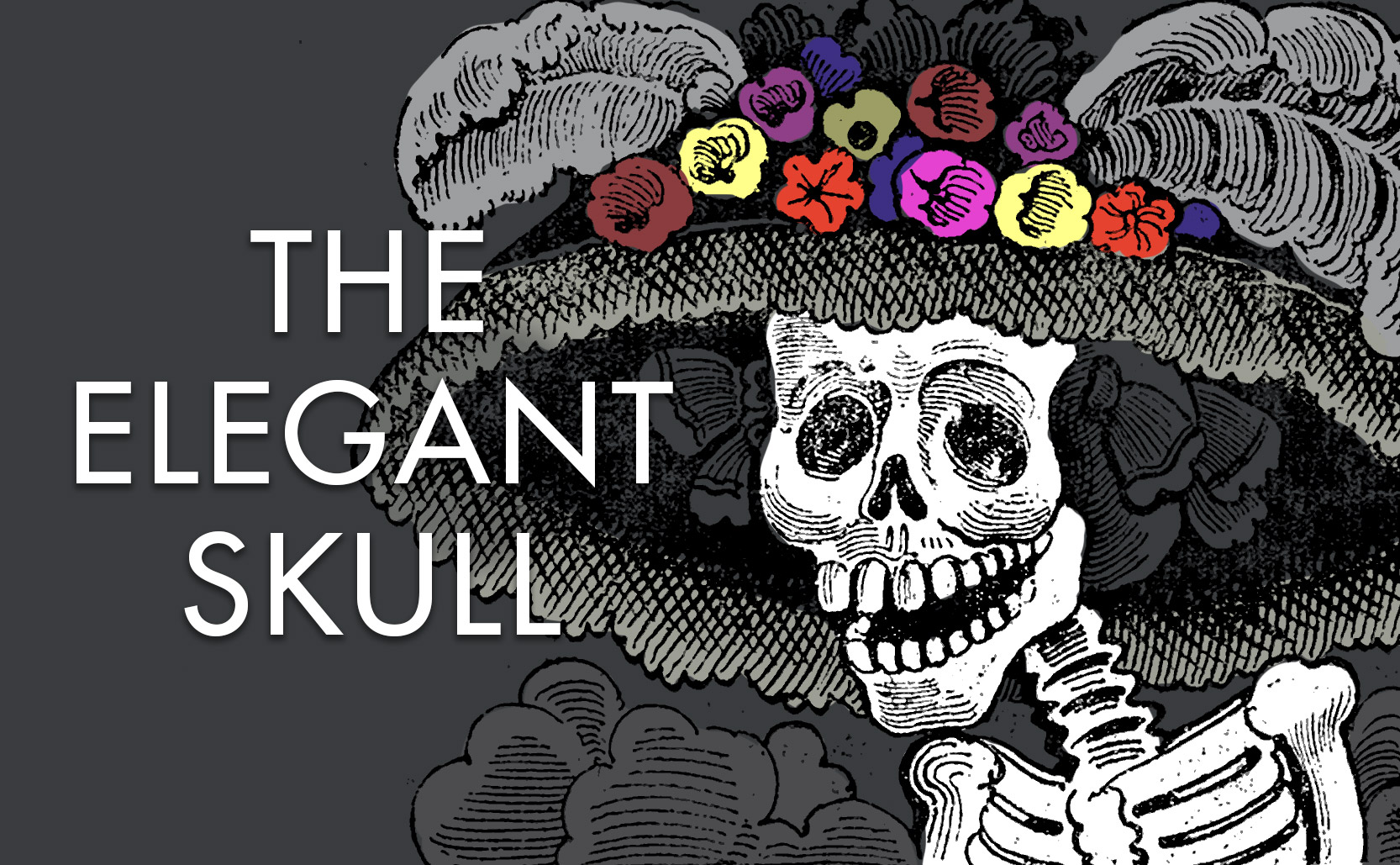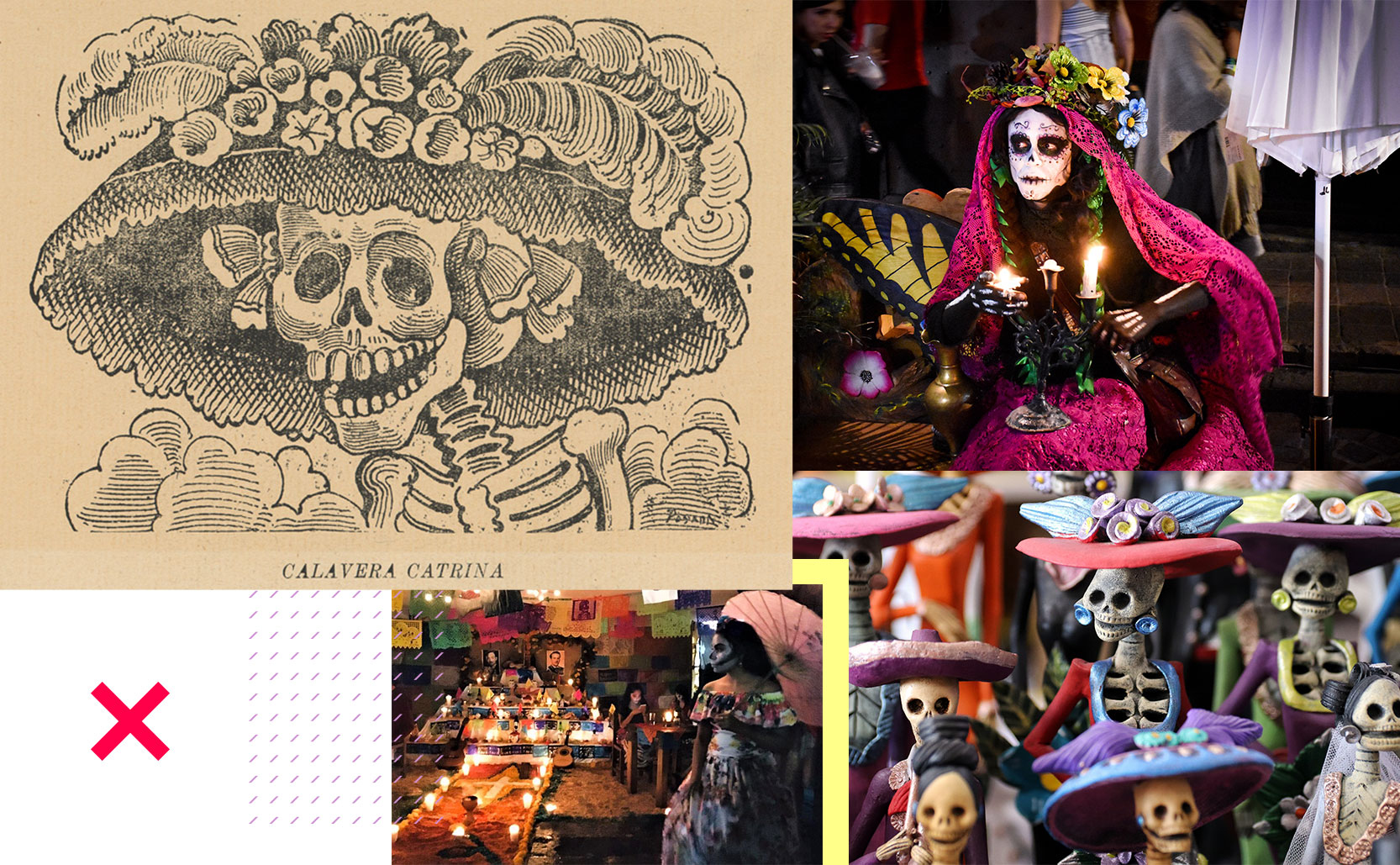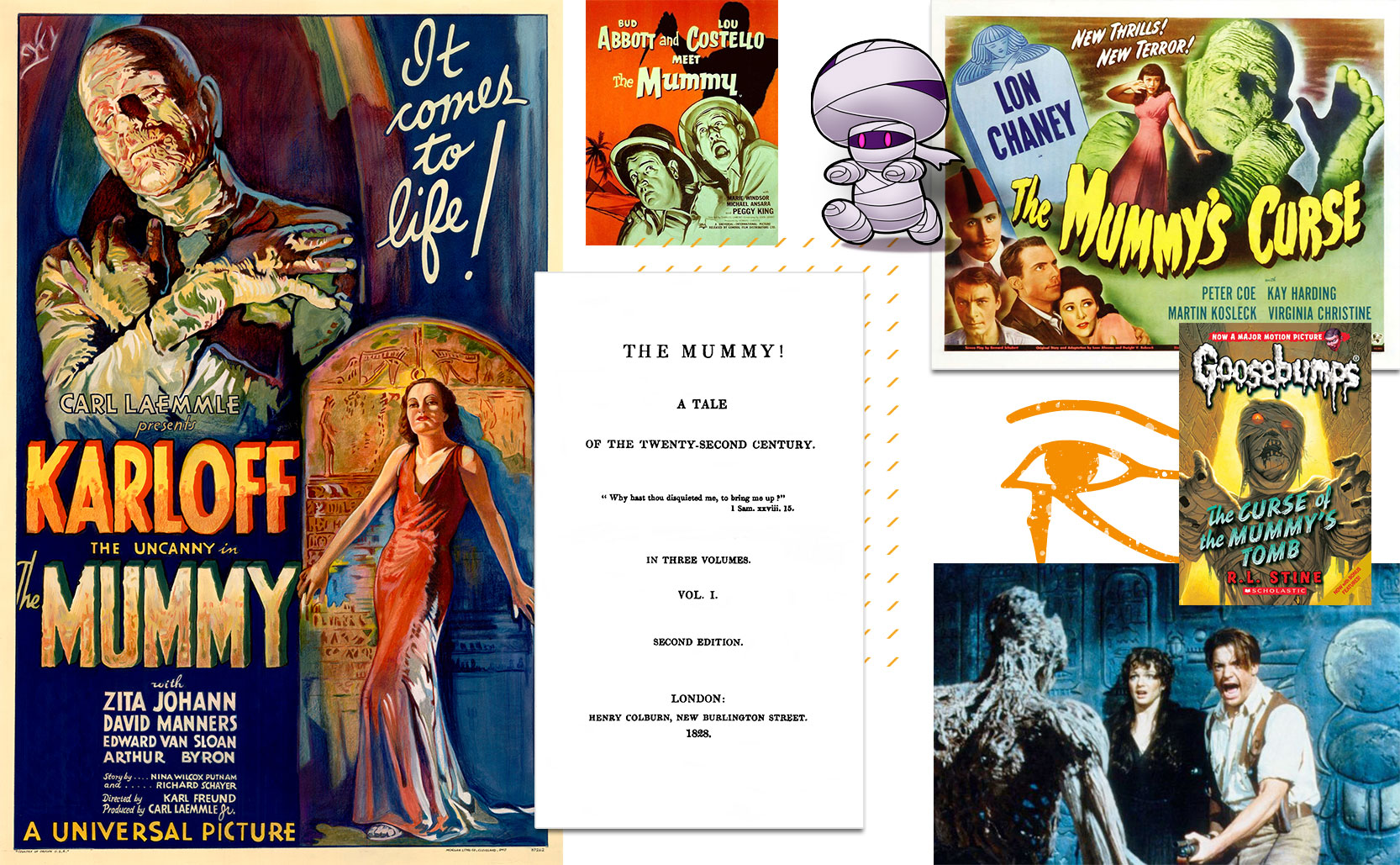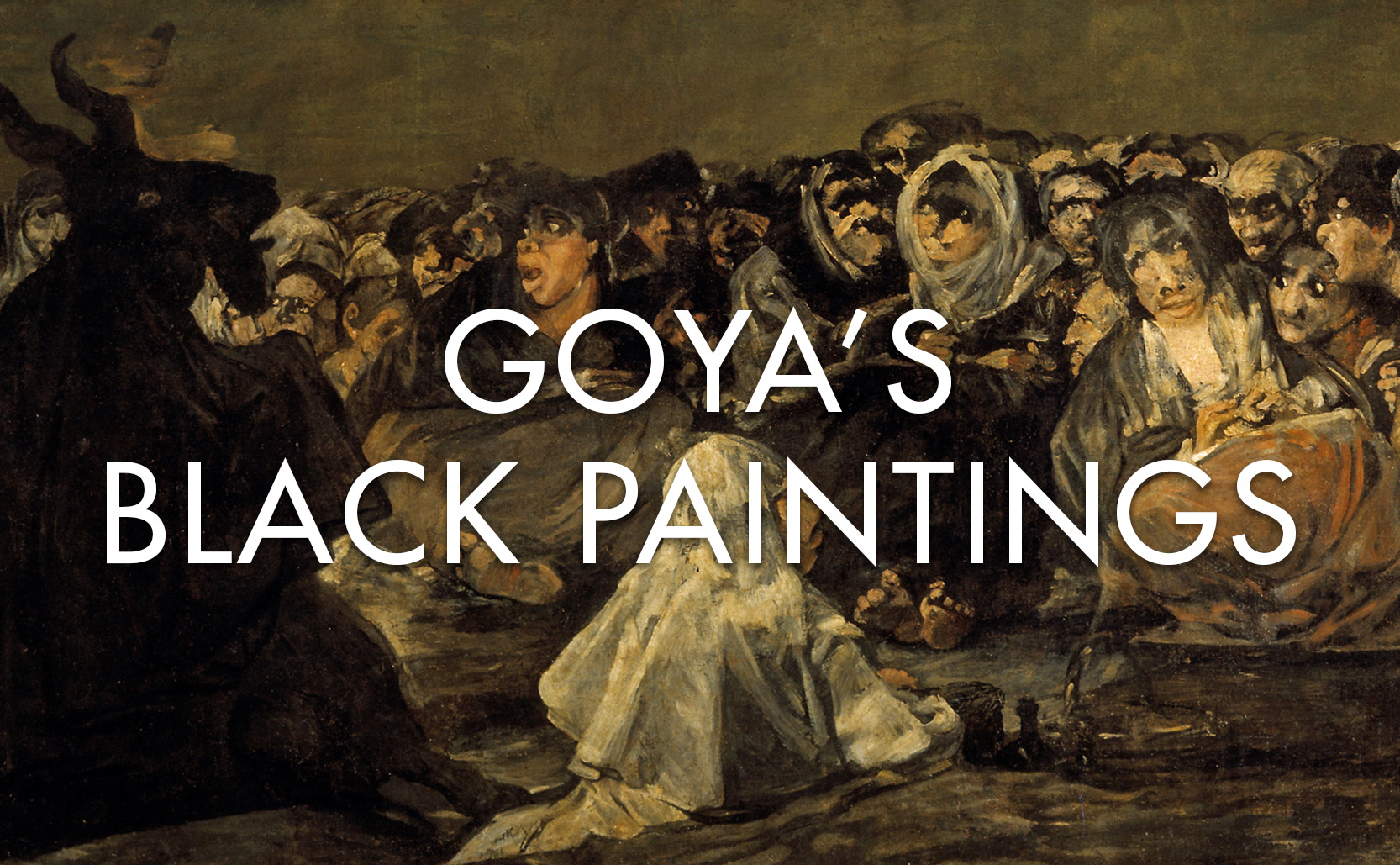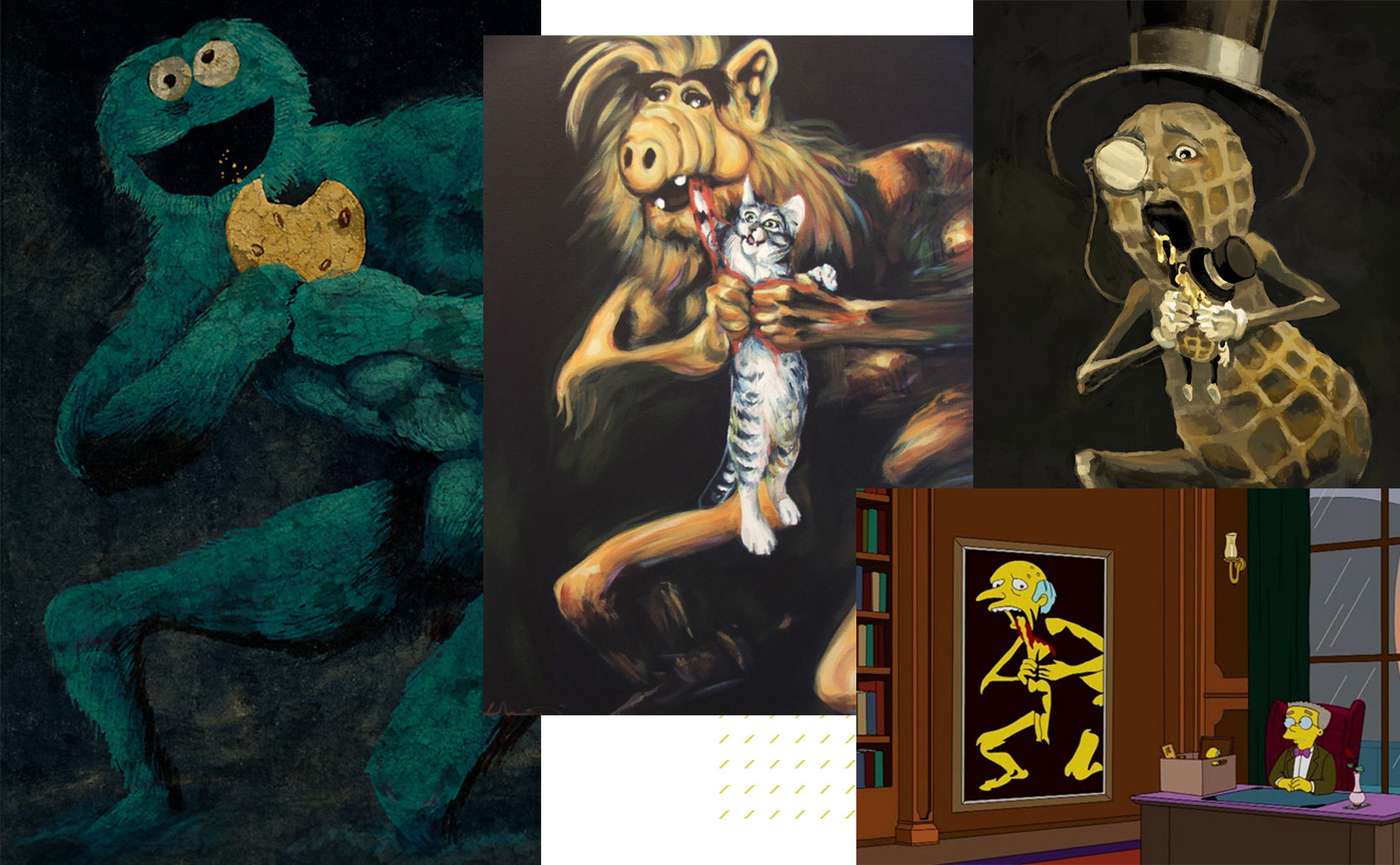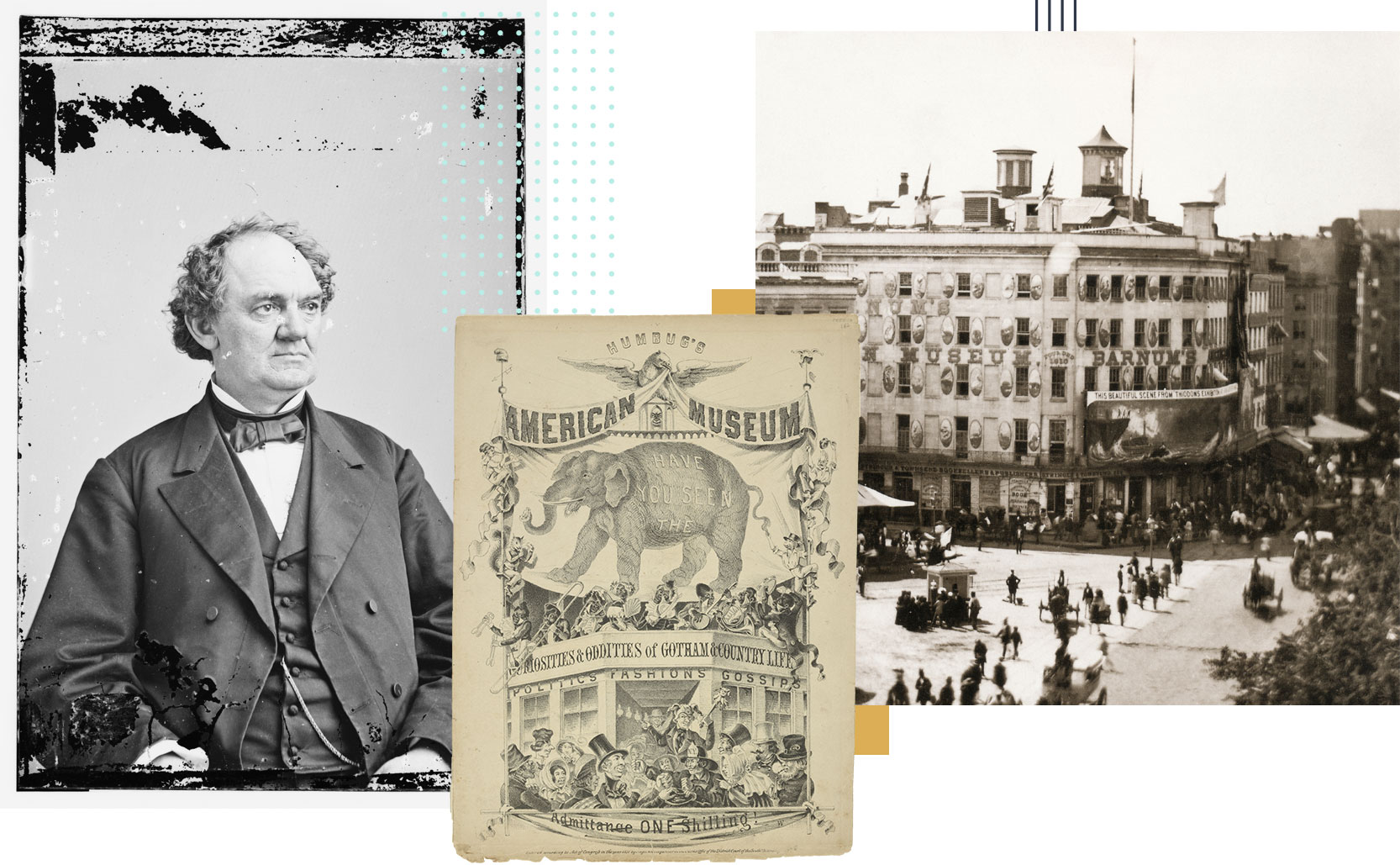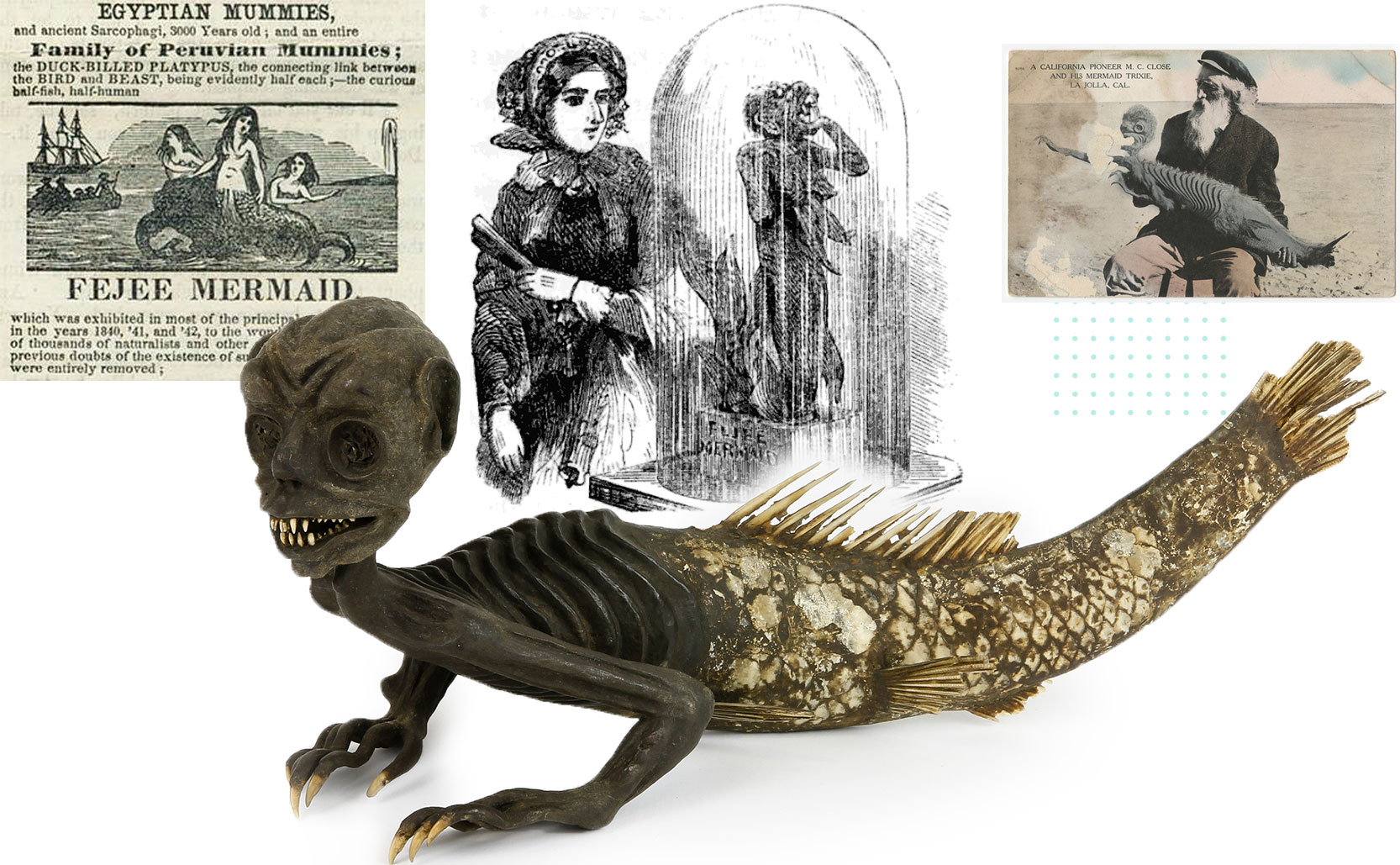the Dharmapalas
The scary wrathful Buddhist deities that are, contrary to their appearance, forces for good who are on your side.
Before Buddhism spread to Tibet, Bon was the area’s dominant shamanistic religion. As Buddhism moved in during the 7th to 10th centuries, elements of Bon were incorporated into the religion making Tibetan Buddhism different than other forms.
Part of what makes Tibetan Buddhism different is the story of how Padmasambhava, the 8th century Indian Buddhist mystic who helped bring Buddhism to to Tibet, tamed the local evil spirits & demons. While the exact number of spirits he tamed varies depending on the kind of Buddhism and regional differences, there are at least eight generally agreed upon divine creatures he turned into protectors of Buddhism. These are the Dharmapalas.
the Hateful Eight
Like things out of a horror movie, or a heavy metal album cover, the dharmapalas are typically horrific, fanged, wild-eyed, monstrous creatures. With black, blue or sometimes red skin they are frequently adorned with human skulls. In Tibetan art they are seen in flaming aureoles, visualizations of the energy they emanate. However, despite their appearances, the “Eight Terrible Ones” are on your side. Like monsters with hearts of gold (more or less), the dharmapalas are compassionate defenders of Buddhism and the dharma. Their hideous looks are to drive away evil spirits (not to drive us away).


Buddhism teaches us that we can’t solve other people’s spiritual problems for them, nor is someone about to solve our problems for us. There is no omnipotent being that’s going to deus ex machina-style swoop in and “save” people. That said, it doesn’t mean we can’t give help or get help. To overcome fear & suffering each one of us must look within ourselves, we must cultivate the potential within ourselves, but external help can show us the way. The dharmapalas remove inner & external obstacles that may be preventing us from achieving spiritual realizations. They don’t walk the path for us, but they help clear the way and help us from ourselves – they have your back in your quest for spiritual enlightenment.
Added info: in general the origins of the dharmapalas vary, as do their personal backstories, but one particularly interesting story is that of Palden Lhamo. The only female dharmapala, Palden Lhamo (“Glorious Goddess”) is the wrathful manifestation of the more peaceful Saraswati / Tara. She was a female demigod married to an evil king. After her attempts to reform her husband failed, and her realization that their son would be the destroyer of Buddhism, she killed her son. What followed is one of the most metal stories ever told.
She ate her son’s flesh, drank his blood using his skull as a cup, and made a horse saddle from his skin. She rides her mule side-saddle across an ocean of blood. After she died she was reborn in the hellish region of Naraka which she fought her way out of, stealing a sword and a bag of diseases along the way. Eventually she was convinced to protect the dharma, and to protect wisdom, which she does to this day. She’s the protector of Buddhist governments including the Tibetan government in exile.



